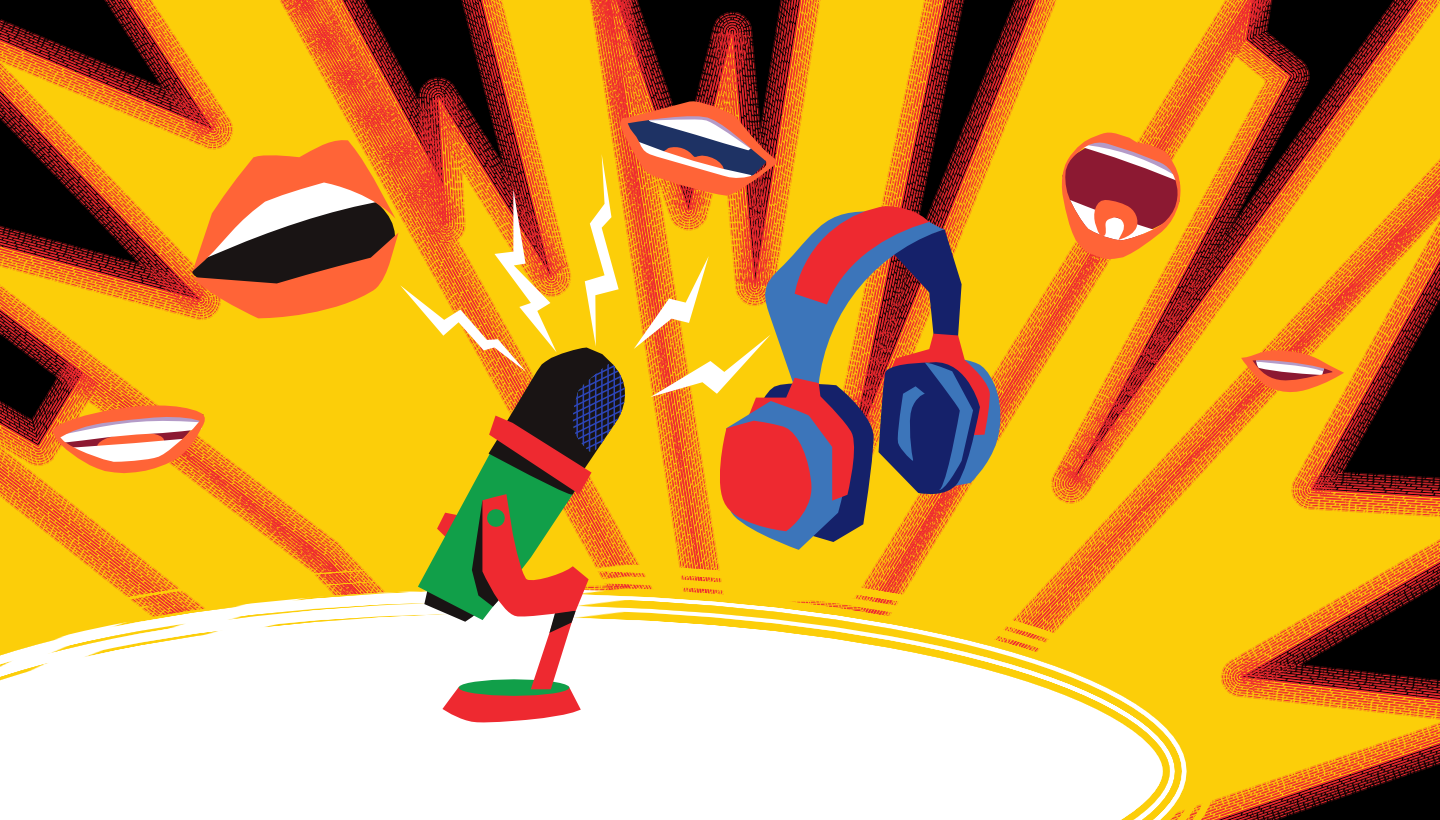
In the year and a half since Spotify launched in more than 80 new markets around the world, we’ve been paying close attention to the many storytellers and entertainers across the African continent and using our platform to amplify and empower creators through activations on Fela Kuti’s birthday and Africa Day, spotlights on RADAR artists, and more.
Now, we’re turning up the volume on even more up-and-comers with a first-of-its-kind podcast initiative called the Africa Podcast Fund. Through this initiative, we’ll support burgeoning podcasters and further amplify their stories, bolstering their careers through financial grants, workshops, and networking opportunities.
We offered the $100,000 fund to 13 creators from South Africa, Nigeria, Kenya, and Ghana—the four African countries with the biggest podcast listenership. The fund also includes a Cameroonian podcast with a large listenership both in France and in Francophone African countries, such as Cote d’Ivoire. And languages abound: Given the wide range of selected countries, the winning podcasts are recorded in a range of languages including Pidgin, English, French, Sheng, Ga, and Twi.
The recipients of the fund are independent emerging podcasters with growing audiences. We focused on supporting podcasts that showcase a range of voices, formats, languages, and content from hosts of all genders. Our goal is to help platform African creators on a global scale and shift the historically restrictive view of stories about the continent.
“We’re excited about the development of podcasting in Africa, particularly because the medium allows underrepresented African voices to tell the story of Africa,” says Melissa Mbugua, Co-Director of Africa Podfest, the organization that will administer the fund.
Get to know the 13 podcast recipients (in alphabetical order by country) below.
Cameroon
Entrepreneur, journalist, and art collector Diane Audrey Ngako is the host of the French-language podcast Si Maman M’avait Dit, which roughly translates to “if my mom had told me.” On her podcast, Diane Audrey gives the floor to guests, posing questions about what lessons they’ve learned navigating their lives, careers, and relationships.
Ghana
Sincerely Accra is a popular Ghanaian podcast based on urban life in the national capital, Accra. Episodes alternate between vox pops and in-studio interviews predominantly in English, with an occasional blend of Pidgin, Twi, and Ga. The podcast is fast-paced and colorful, featuring a mix of personalities with exciting and varying discussions driven by both the speakers’ opinions and pop culture. It’s hosted by Joseph Nti and produced by Kwame Asante.
Kenya
The Sandwich Podcast, which has the most listeners in Kenya, is hosted by four creatives: Joan, Kibz, Nyamita, and Owen. Delivered in a mix of English, Swahili, and Sheng, the show covers topics that include life experiences and anecdotes, and sometimes features other guests.
The Messy Inbetween is hosted by Murugi Munyi and Lydia Mukami, who use their lived experience to cover and offer advice about love, money, work—and all the things that make life what it is. TMI provides a safe space for women to discuss their experiences candidly.
Mantalk.ke, hosted by Kenyan creators Eli Mwenda and Oscar Koome, recognizes the need for male-led conversations around issues such as toxic masculinity, fatherhood, feminism, dating, and self-care. The two hosts strive to have uncomfortable conversations, even if that means putting themselves on the spot.
Nipe Story—hosted and narrated by Kenyan writer, journalist, and queer activist Kevin Mwachiro—gives a voice to written African short stories. Mwachiro provides a platform for African writers to have their short stories heard.
Nigeria
I Said What I Said, one of the most popular podcasts in Nigeria, is hosted by Feyikemi Abudu, an entrepreneur who is excited about helping small businesses grow, and by Jola Ayeye, a storyteller with a core interest in contemporary African culture. Each week, they dive into the Lagos millennial experience and share their takes on current happenings in Nigerian society.
Tea With Tay, hosted by Nigerian content creator Taymesan, covers societal issues and personal experiences in a fun, light-hearted, and entertaining way. Taymesan hosts celebrities and other guests for engaging topical conversations that spotlight their unique and intriguing stories.
F&S Uncensored covers music, pop culture, and personal experiences. Hosted by Feyikemi Akin-Bankole and Simi Badiru, the podcast offers commentary on trending pop-culture topics and informed opinions on how these topics affect everyday Nigerians.
South Africa
Hosted by Gugulethu Nyatsumba, After School Is After School with Sis G.U. aims to speak more openly and honestly about the battles that Gugulethu continues to face in her 20s. The podcaster fosters a connection with the audience, sharing life lessons and inspiring emotional growth.
South African podcast The Journey Kwantu, hosted by Vusumzi Ngxande, explores and questions matters around African spirituality and identity. On each episode, Vusumzi holds a conversation with a guest where they dig into the most complex issues around African beliefs.
On Wisdom & Wellness with Mpoomy Ledwaba, host and content creator Mpoomy Ledwaba aims to foster connections with her guests and inspire her audience through important conversations that touch on life lessons and individual journeys.
Convos & Cocktails with Lesego Tlhabi is a podcast hosted by the prominent South African satirist Lesego Tlhabi, best known for her character Coconut Kelz. The focus of Lesego’s podcast is candid conversations that “we, as Black women, want to have . . . but often don’t.”











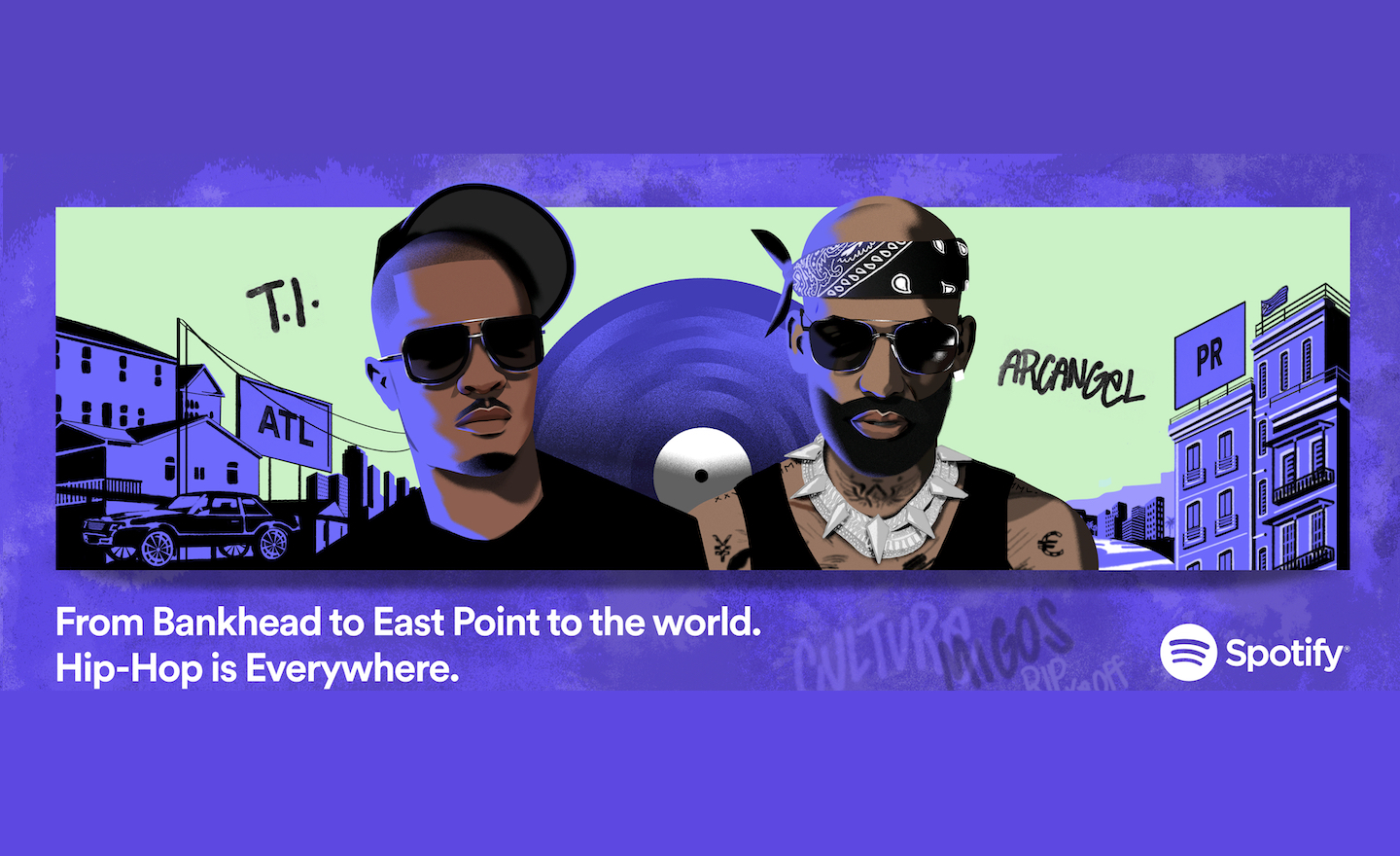




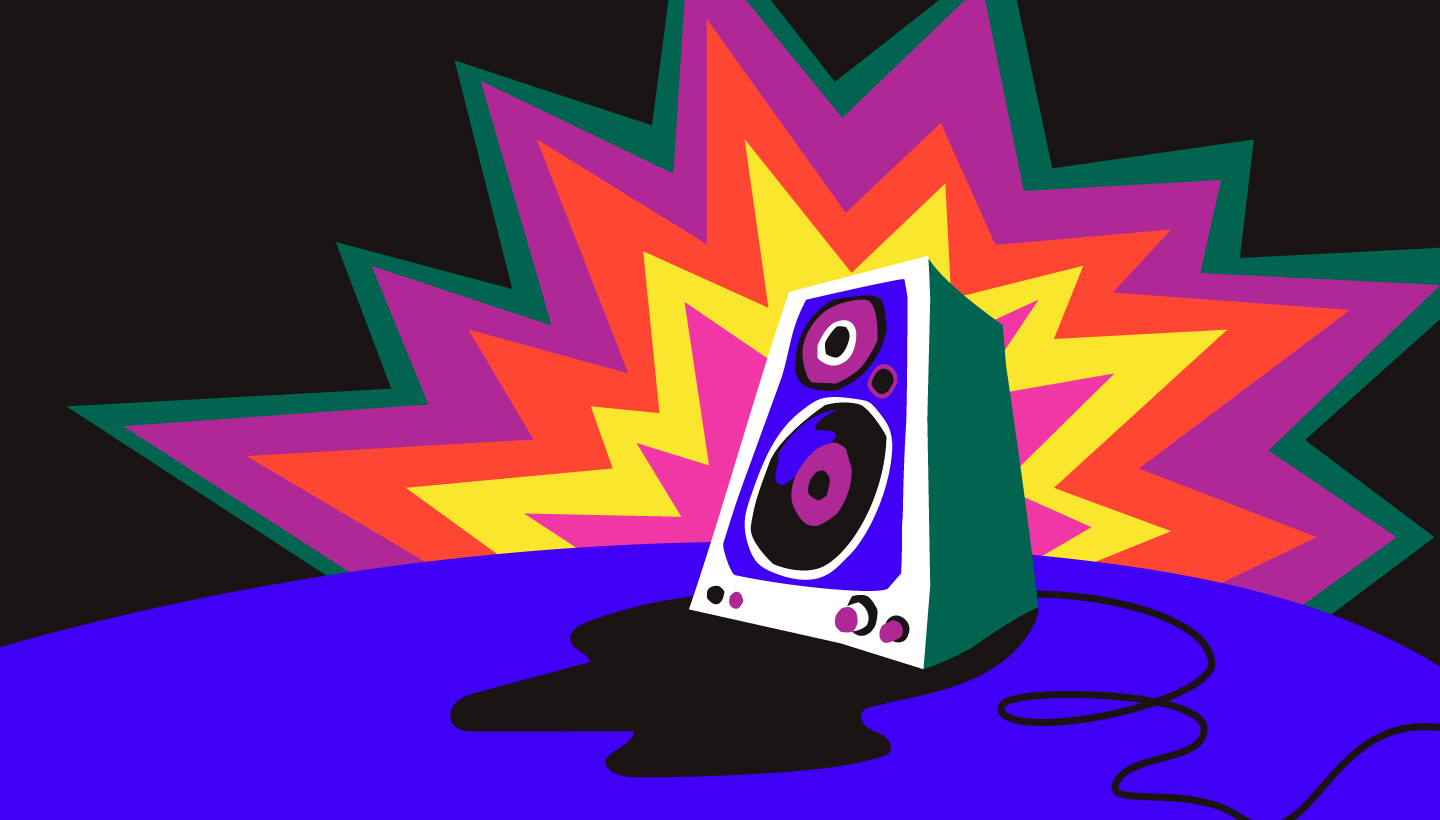
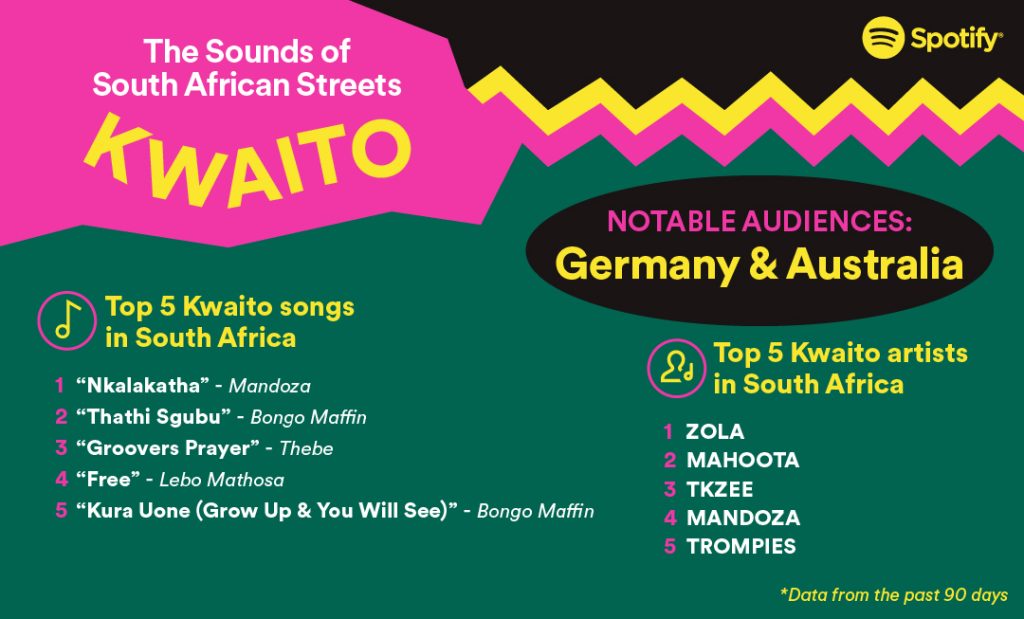

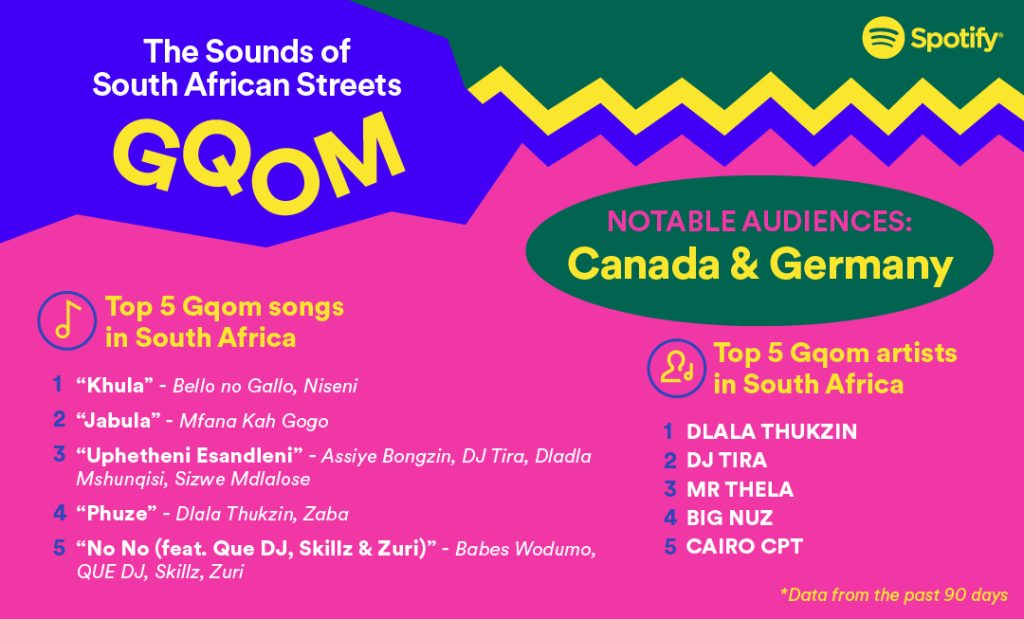

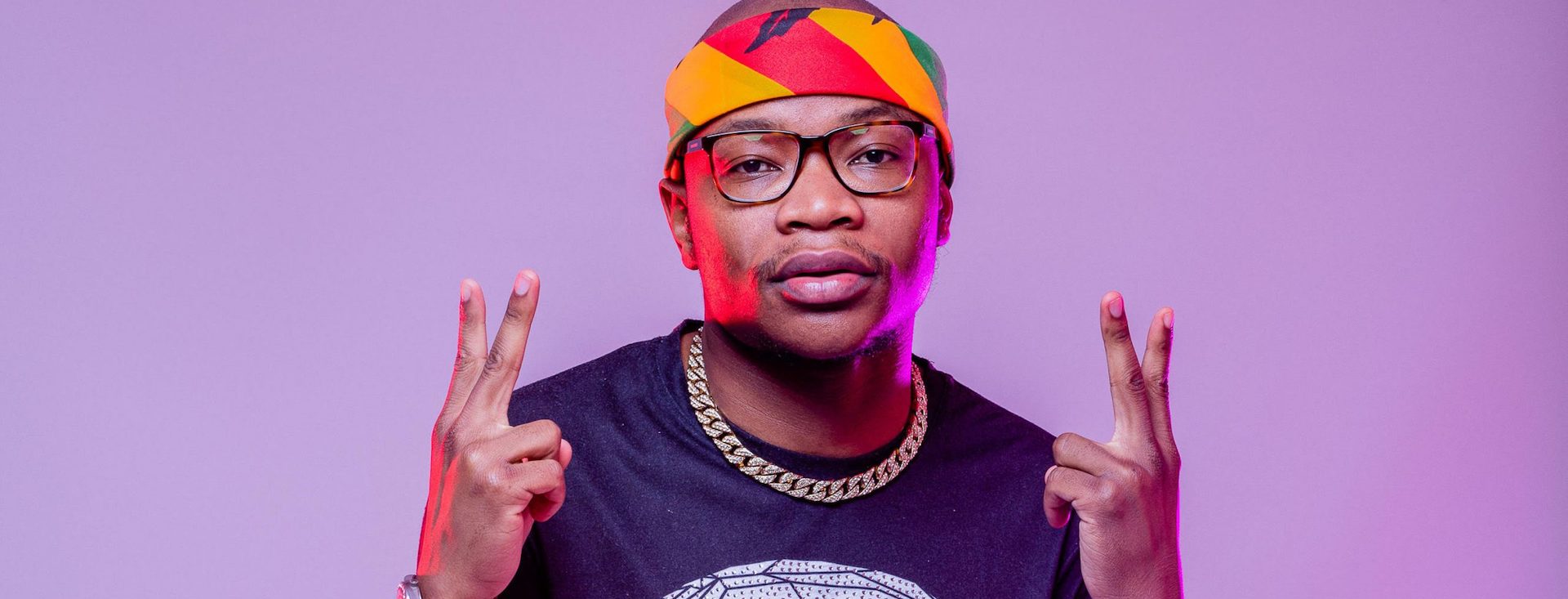
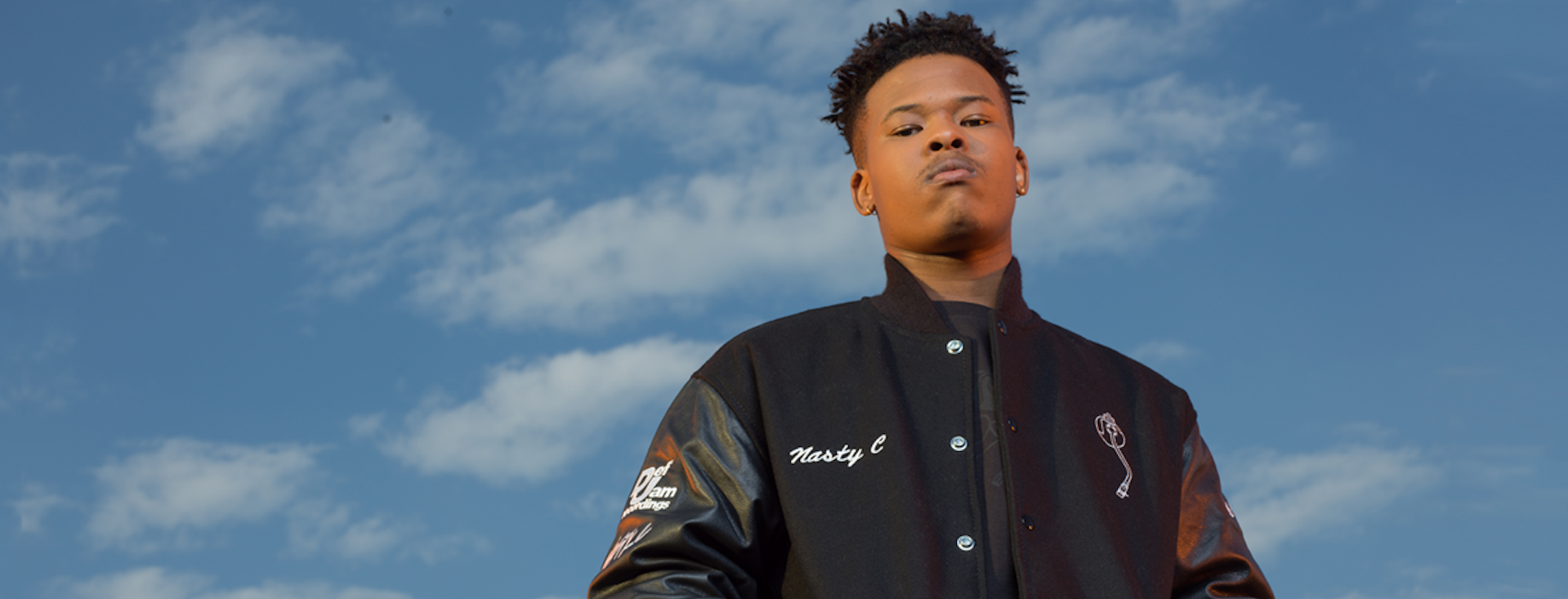
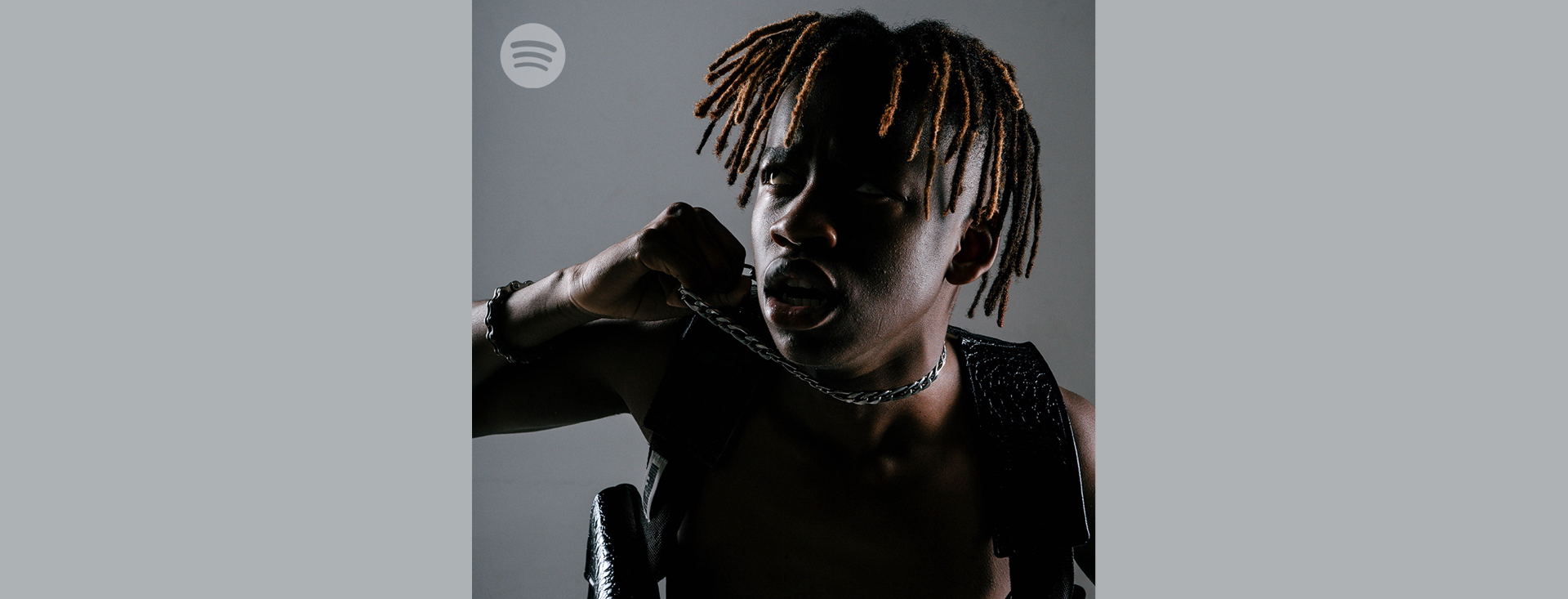

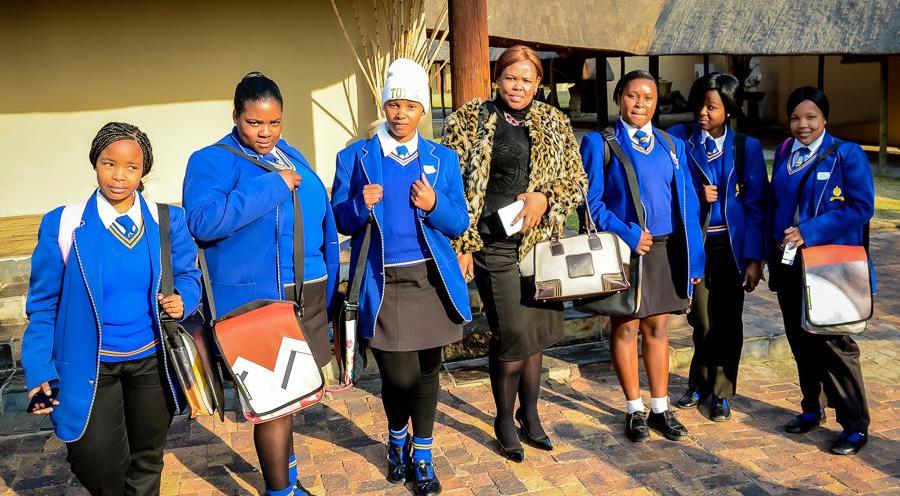
Recent Comments